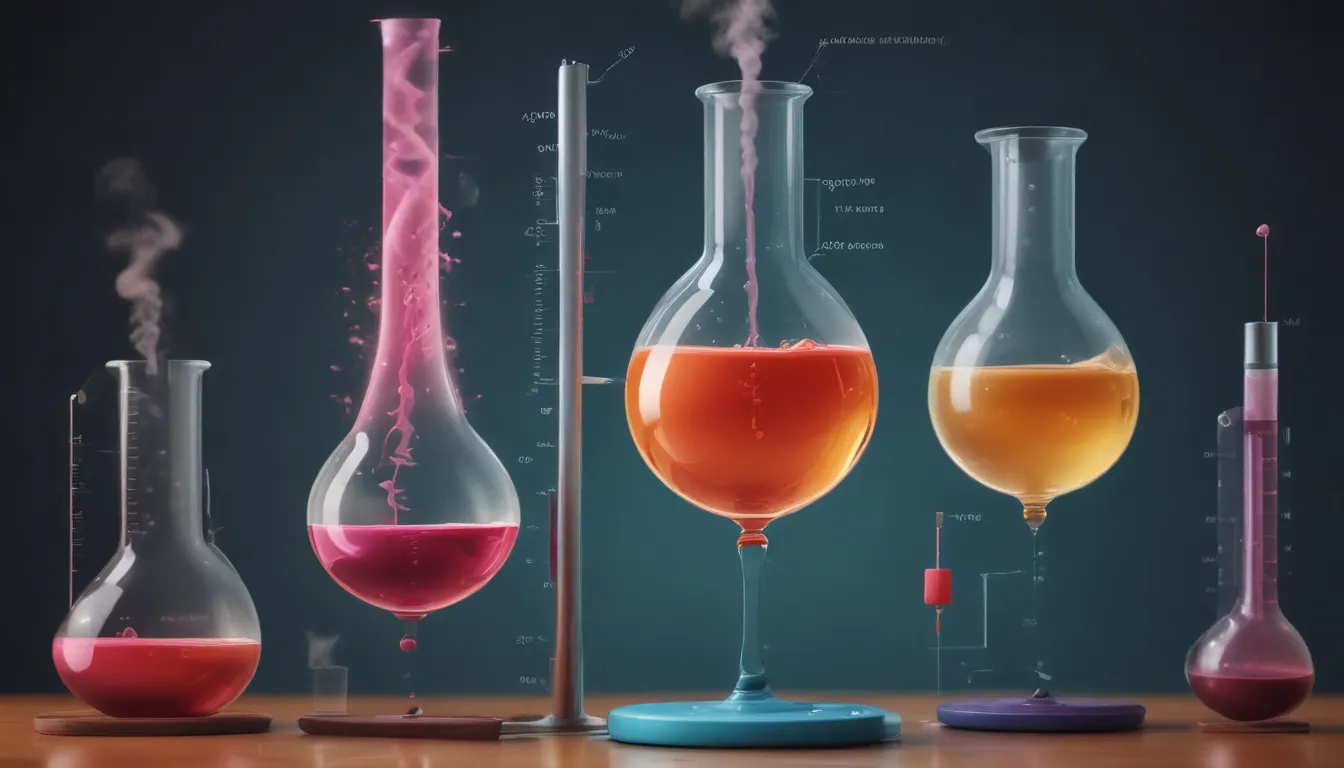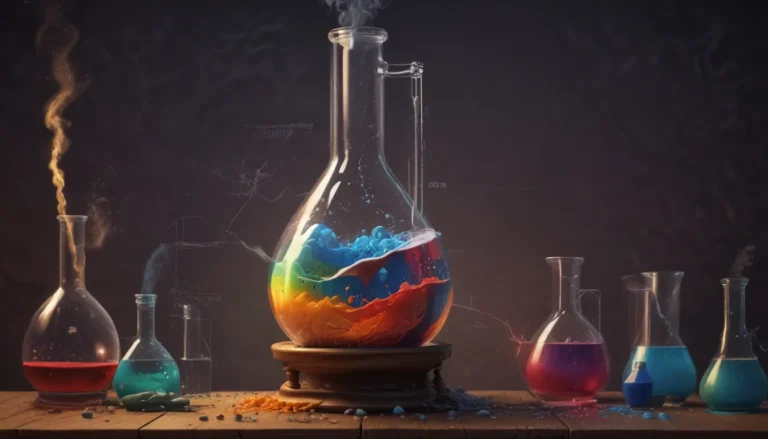A Note About Images: The images used in our articles are for illustration purposes only and may not exactly match the content. They are meant to engage readers, but the text should be relied upon for accurate information.
Chemistry enthusiasts, get ready to embark on a fascinating journey into the realm of titration curves. These intricate graphs play a vital role in deciphering the mysteries of chemical reactions and determining the properties of substances. By unraveling the secrets hidden within titration curves, we can gain a deeper understanding of acid-base reactions, the strength of acids, and much more. Let’s explore 10 mind-blowing facts about titration curves that will not only enhance your knowledge but also spark your curiosity.
The Art of Titration Curves
Titration curves serve as graphical representations of chemical reactions, showcasing how pH changes as a reactant interacts with a solution. These curves are like codes that chemists decode to unlock the secrets of chemicals and understand the nature of the reaction at hand.
Unveiling Shape Secrets
The shape of a titration curve holds valuable information about the acid-base reaction taking place. Depending on the reaction type, these curves can exhibit various forms, from sharp slopes to inflection points, offering insights into the nature of the reactants involved.
Equivalence Point: The Heart of Titration
At the equivalence point of a titration curve, the moles of acid and base are in a balanced 1:1 ratio, resulting in neutralization and a pH of 7 in a strong acid-strong base titration. This pivotal point signifies the stoichiometrically equivalent amounts of the reactants.
Discovering pKa Values
Titration curves are not only about tracking pH changes but also about determining the pKa value of weak acids. By analyzing the curve at various points, chemists can unveil the pKa value of a weak acid, shedding light on its acidity levels.
The Half-Equivalence Point Clue
The pH at the half-equivalence point, halfway between the starting pH and the equivalence point, offers a key to determining the pKa of a weak acid. At this midpoint, the concentrations of the weak acid and its conjugate base are equal, aiding in pKa calculations.
Unmasking Polyprotic Acids
Polyprotic acids or bases reveal their presence through multiple inflection points on a titration curve. These points correspond to successive deprotonation or protonation steps, highlighting the complex nature of these compounds.
Indicator Magic
Indicators play a vital role in visually pinpointing the endpoint of a titration. These color-changing substances signal when the solution reaches a specific pH range, indicating the completion of the reaction. Common indicators include phenolphthalein and bromothymol blue.
Temperature and Ionic Strength Influence
Variations in temperature and ionic strength can alter the shape and position of a titration curve, emphasizing the importance of controlling these factors during experiments. These adjustments can impact the accuracy and reliability of the curve.
The Steepest Slope at Equivalence Point
The steepest slope of a titration curve occurs at the equivalence point, indicating a rapid change in pH with the addition of the reactant. This steep slope reflects the highly acidic or basic nature of the solution at this critical juncture.
Versatile Applications of Titration Curves
Titration curves find extensive use in analytical chemistry, pharmaceutical research, and various other fields. They offer valuable insights into acid-base behavior, enabling scientists to determine unknown concentrations, characterize compounds, and monitor reactions with precision.
Conclusion: Unraveling the Mysteries of Chemistry
In conclusion, titration curves are indispensable tools in the realm of chemistry, unveiling the intricacies of chemical reactions and substance properties. By exploring the pH changes during titration, chemists can uncover crucial information about unknown substances, study weak acids and bases, and gain a deeper understanding of ion interactions. The wealth of knowledge embedded within titration curves continues to illuminate the path toward unraveling the complexities of chemical phenomena.
FAQs: Quench Your Curiosity
- What is a titration curve?
- How is a titration curve plotted?
- What is the equivalence point in a titration curve?
- What is the significance of the endpoint in a titration curve?
- How does a titration curve help determine the concentration of unknown substances?
- What role do indicators play in a titration curve?
- Can a titration curve be used to study the behavior of weak acids and bases?
- What is the concept of buffering in a titration curve?
- Are there any limitations to the titration curve?
- How can the titration curve be applied in various fields of chemistry?
Expand Your Horizons with Titration Curves
Dive deeper into the captivating world of chemistry by exploring the wonders of titration curves. Whether you’re a seasoned chemist or a curious learner, the insights gleaned from these graphs are sure to spark your passion for scientific discovery. Join us on this educational journey and unlock the secrets hidden within the art of titration curves. Let’s continue to unravel the mysteries of chemistry together!






